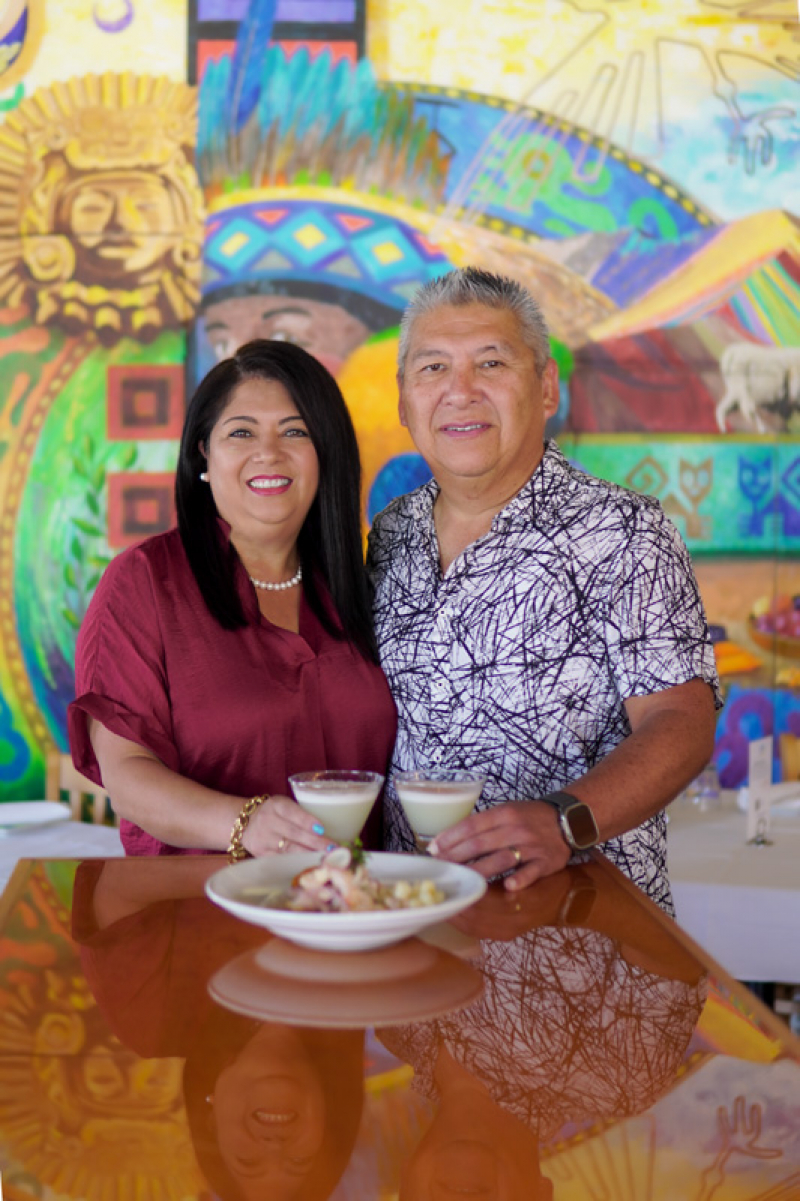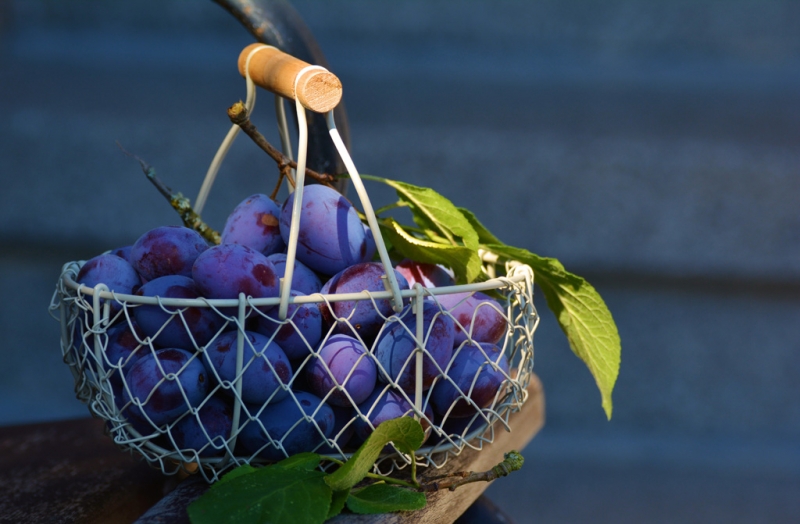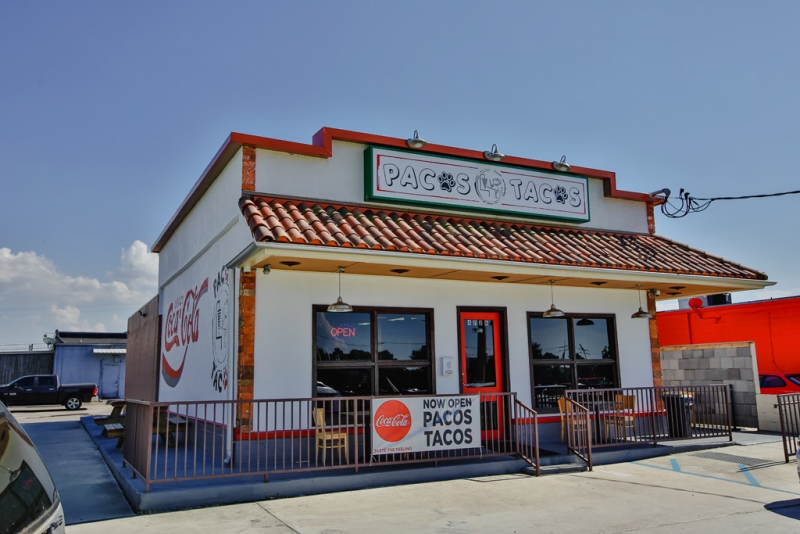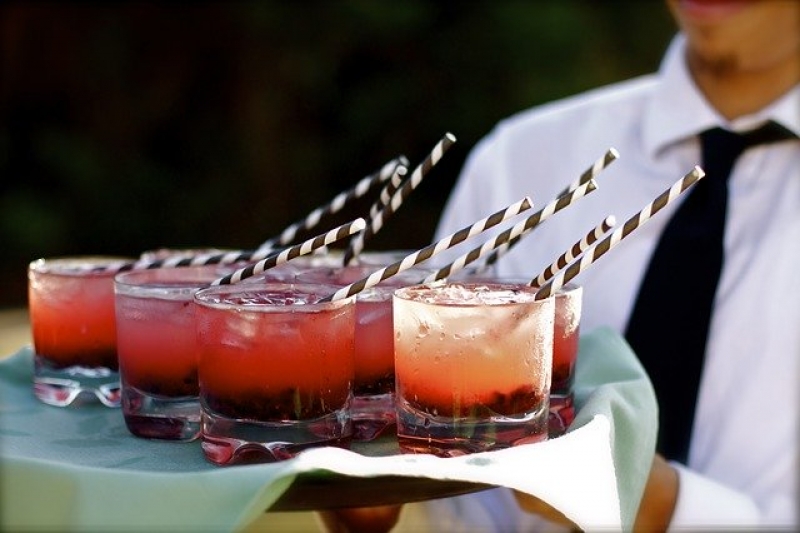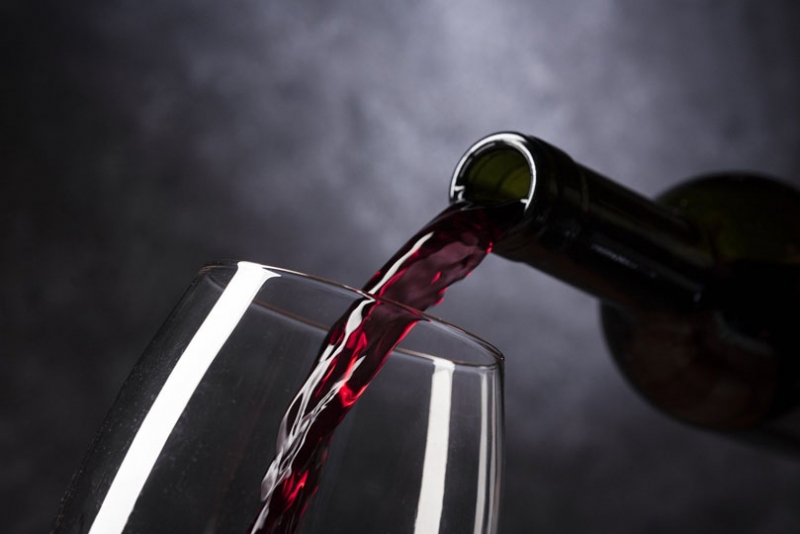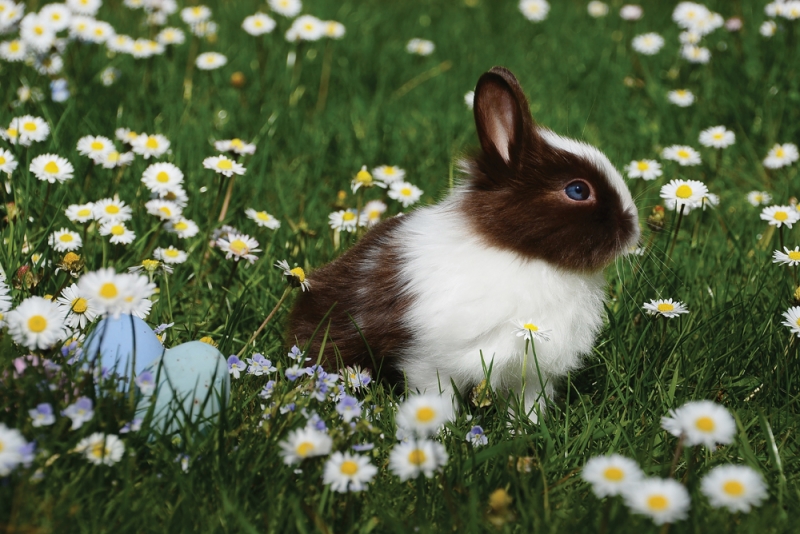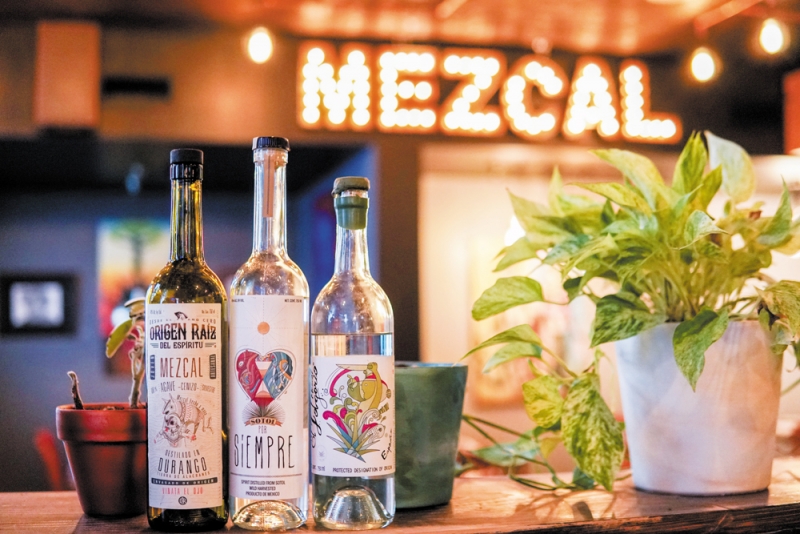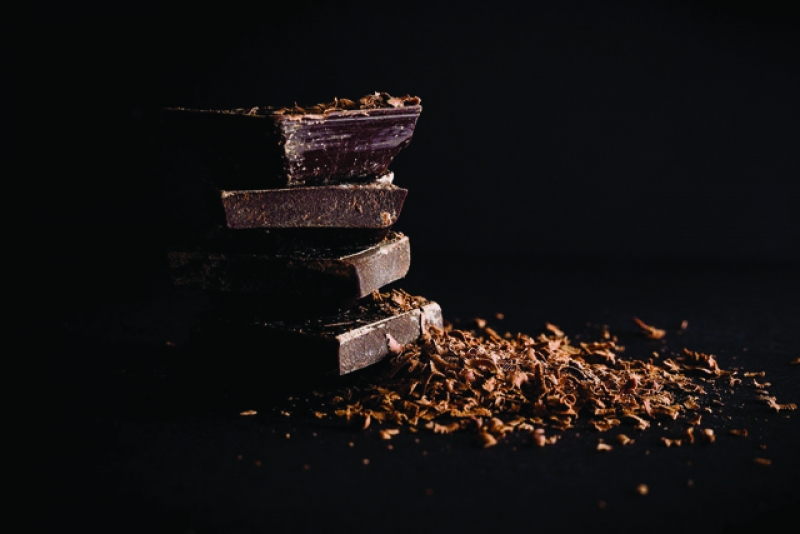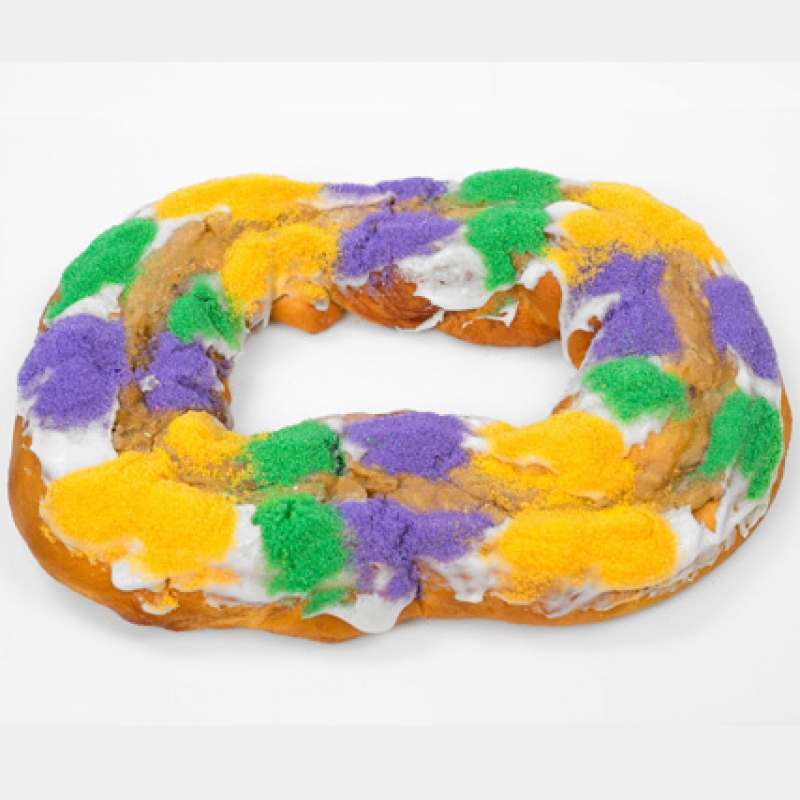- Written by Rebeca Pinhas
- Published in Out & About
Why Rosé is Louisiana’s Perfect Pairing
Why Rosé is Louisiana’s Perfect Pairing
By Rebeca Pinhas, CSW, CSWS
Click aqui para español- >Por qué el Vino Rosé es el Maridaje Perfecto para Louisiana
Imagine this scenario: you live in a beautiful town near the water. Locals are loud, lively and love getting together and celebrating any occasion with excellent meals and plenty of drinks. Fresh seafood abounds, and it’s never too early to have a libation. People love listening to music and spending as much time outdoors as possible. There is only one minor inconvenience: it’s really, really hot for several months out of the year. Sounds familiar? You might have thought I was talking about a place in Louisiana, but I was referring to Southern France, the birthplace of rosé wine.
While you may be familiar with this pink wine and the famous catchphrase “Rosé all day,” not everyone knows its origins or how it’s become one of America’s preferred summer refreshments. Its popularity has had its ups and downs in this part of the world, but it looks like rosé is here to stay.
People from the South of France—which includes the wine regions of Languedoc, Roussillon, Provence, Bandol, among others famous for their rosé—might share that in the modern era, winegrowers made rosé to drink during the scorching hot summer months while working on the vineyards. Selling it to the general public was not necessarily their original intention, but it happened inevitably as people traveling to the region discovered this local secret.
If you want to go back in time even further, it is believed that the first wines ever made were rosés. Ancient civilizations, like the Phoenicians, would press red grapes via techniques that would prevent maceration (letting the juice soak along with the grape skins), therefore, preventing the extraction of more color.
Given that here in Louisiana, we face about six months of summer each year, drinking rosé comes as naturally as drenching our food in hot sauce. And it’s, in fact, rosé’s wide range and versatility, which makes it perfect for many of our favorite dishes. Spicy foods such as boiled crawfish pair amazingly with a high acidity Pinot Noir rosé from Oregon, a pale pink rosé blend from the Languedoc complements raw oysters, and grain-based seafood dishes—such as shrimp and grits, or paella— find a perfect pairing in a rosado from Rioja, Spain.
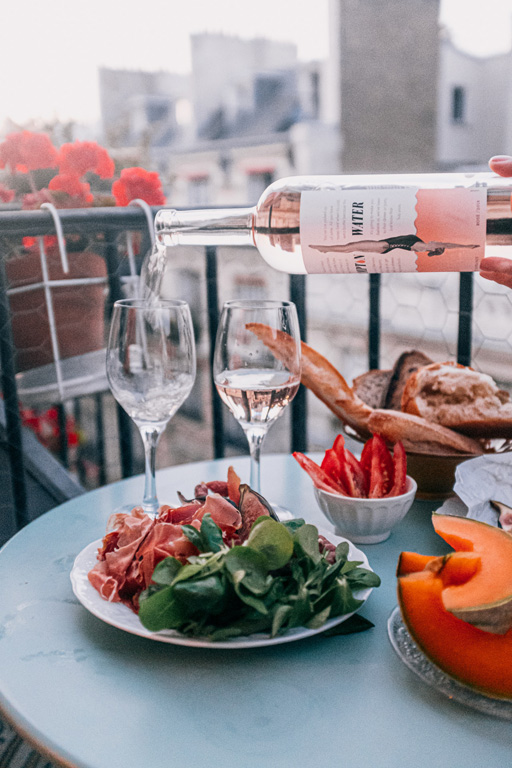
Rosé wine can be made from any red grape, including those that are known mostly for their red renditions such as Malbec, Tempranillo, and even Cabernet Sauvignon in the shape of Cabernet d’Anjou in the Loire Valley, France. There are three main methods to make rosé: though skin contact (the longer the grape must and skins remain together, the darker the shade); extracting a portion of red grape must intended for the production of red wine (saignée, which means bleeding in French); and by blending red and white wines (frowned upon amongst serious wine enthusiasts). In addition, rosé can also be sparkling, like rosé Champagne or rosé Prosecco, which was recently approved for production as such.
So if you are going to be drinking rosé this summer like the rest of us, be adventurous and try something you have never had before as there will always be a new style for you to taste.
Salud!
















